PAPERING AROUND ELECTRICAL OUTLETS AND FIXTURES
О Turn off electricity to the affected outlets and fixtures, and confirm that it’s off by using a voltage tester, as shown on p. 235. Remove the cover plates and other hardware from the outlets so the hardware protrudes as little as possible.
For an outlet relatively flush with the surface, simply position the strip over it. Then, over the center of the outlet, cut a small Xin the strip. Gradually extend the legs of the X until the strip lies flat. Even though the outlet’s cover plate will cover small imperfections in cutting, cut as close as you can to the edges of protruding hardware or the electrical box. Smooth the strip with a smoothing brush, and trim any excess paper. If the edges of the cutout aren’t adhering well, roll them with a seam roller.
It’s preferable to remove fixtures such as wall sconces, but that’s not always possible. For example, sometimes mounting screws will have rusted so badly that you would damage the fixture trying to remove them. In that case, after matching the wallcovering patterns, cut the strip to the approx
imate length. Then measure on the wall from the center of the fixture in two directions—say, from the baseboard and from the edge of the nearest strip of wallcovering. Transfer those dimensions to the strip you will hang. If you apply paste after cutting a small X, avoid fraying the edges of the cut with your paste brush or roller.
Hang the strip, and gradually enlarge the X until it fits over the base of the fixture. Smooth down the entire strip, trim closely around the fixture, and wipe away any paste that smeared onto the fixture.
In papered rooms, ceilings are usually painted. Even professionals find papering them challenging and time-consuming because you must fight gravity and neck cramps. So get a helper if possible, and paste only one strip at a time until you get the knack of it. Cover ceilings before walls, because it’s easier to conceal discrepancies with wall strips.
Because shorter strips are easier to handle, always hang across the ceiling’s shorter dimen-
 sion. Snap a line down the middle of the ceiling and work out from it. Cut strips for the ceiling in the same manner described for walls, leaving an inch or two extra at each end for trimming. However, folding the covering is slightly different. It’s best to use an accordion fold every V/2 ft. or so, which you unfold as you smooth the strips across the ceiling. (Be careful not to crease the folds.)
sion. Snap a line down the middle of the ceiling and work out from it. Cut strips for the ceiling in the same manner described for walls, leaving an inch or two extra at each end for trimming. However, folding the covering is slightly different. It’s best to use an accordion fold every V/2 ft. or so, which you unfold as you smooth the strips across the ceiling. (Be careful not to crease the folds.)
With your smoothing brush, sweep from the center of the strip outward. Once you have unfolded the entire strip, make final adjustments to match seams, and smooth well. Roll seams after the strips have been in place for about 10 minutes.
Papering curved sections isn’t difficult, provided you allow enough extra wallcovering for overlaps and trimming, and for making pattern adjustments.
Before papering an arch, position wall strips so their edges don’t coincide with the vertical (side) edges of the arch. Just as it’s undesirable to have wallpaper seams coincide with an outside corner, seams that line up with an archway corner will wear poorly and look tacky. When hanging strips over an arch, let each strip drape over the opening; then use scissors to rough-cut the paper so it overhangs the opening by about 2 in. Make a series of small wedge-shaped relief cuts in the ends of those strips, and fold the remaining flaps into the arch. Then cover the flaps with two strips of wallpaper as wide as the arch wall is thick. Typically, these two strips meet at the top of the arch, in a double-cut seam. If possible, match patterns where they meet.
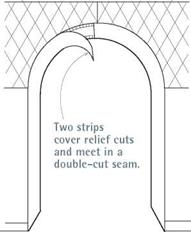
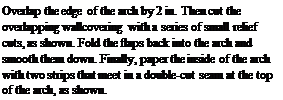 Double-cutting is also useful around alcoves or window recesses, where it’s often necessary to wrap wall strips into the recessed area. Problem is, when you cut and wrap a wall strip into a recess, you interrupt the pattern on the wall. The best solution is to hang a new strip that slightly overlaps the first, match patterns, and double-cut through both strips. Peel away the waste pieces, smooth out the wallpaper, and roll the seams flat.
Double-cutting is also useful around alcoves or window recesses, where it’s often necessary to wrap wall strips into the recessed area. Problem is, when you cut and wrap a wall strip into a recess, you interrupt the pattern on the wall. The best solution is to hang a new strip that slightly overlaps the first, match patterns, and double-cut through both strips. Peel away the waste pieces, smooth out the wallpaper, and roll the seams flat.
|
|
|
|
|
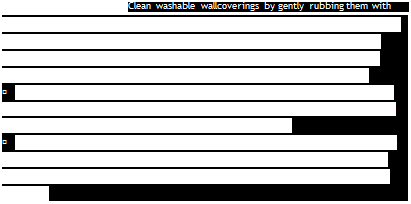 |
|
|
|
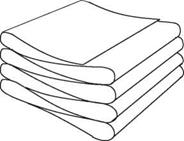







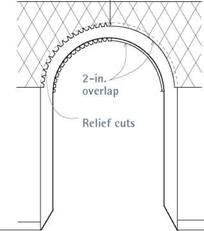
Leave a reply